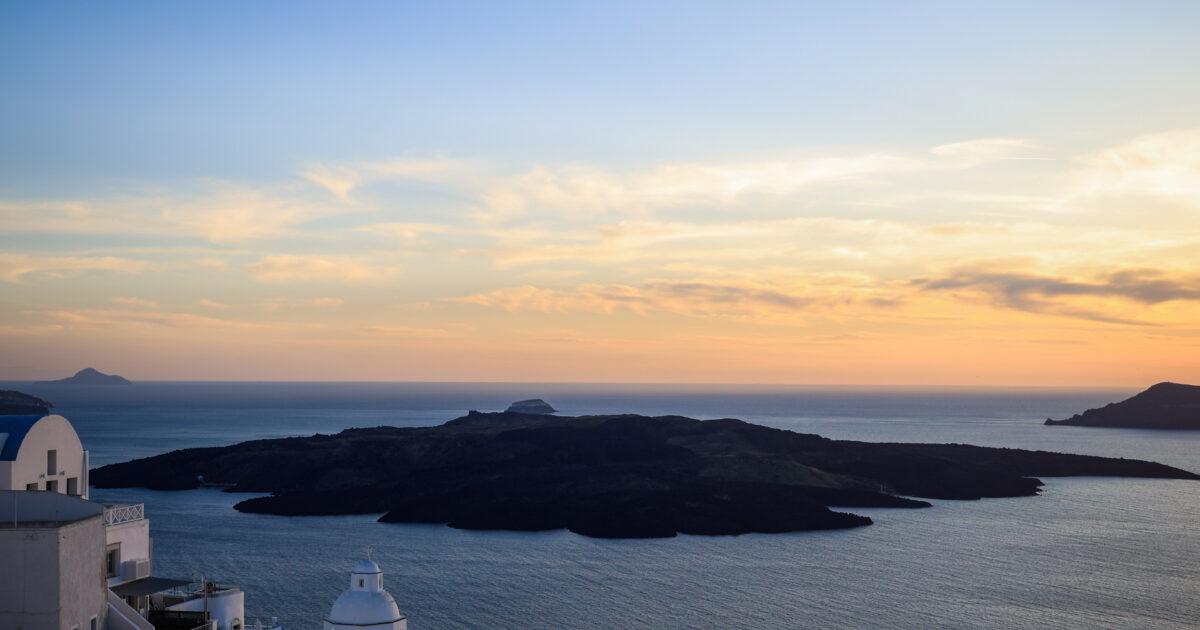On the occasion of the recent earthquake activity at Santorini BBC attempts to analyze the dangers hiding the possibility of an explosion in volcano of the island.
The report states that a few weeks ago, almost half of the 11,000 Santorini residents had left the island after earthquakes and speculation to activate the volcano.
“Can a frightening explosion destroy a dreamy island?” Is the title of the BBC report on Santorini.
Scientists are trying to measure how dangerous a next big explosion could be. BBC team was found on the Discovery research vessel of British research fleet, Together with 23 scientists exploring the Santorini underwater craterbut also the neighboring Columbus volcano.
Professor Isobel Yao Special in extremely dangerous submarine volcanoes With the British National Oceanography Center, it leads the mission. About two -thirds of the volcanoes in the world are underwater, but they are hardly watching at all, he points out.
The purpose of the research is to understand what seismic phenomena can foretell an explosion. The last explosion of Santorini was in 1950, but only in 2012 there was a “period of turmoil”, says Isobel. The magma rolled into the volcanic chambers and the islands were “inflated”.
Members of the mission through a submarine robot collect liquids, gases and rocks through an underwater robot. Scientists work nonstop to map the volcanic hydrothermal system. These systems – cracks from which it springs hot water – create a bright orange landscape in the seabed, rich in gases and ores.
“I grew up listening to earthquakes and explosions from my grandfather”
“The research will create sets of data and gearbox maps for the Greek Civil Protection Service,” explains Professor Friday Nomikou, a member of the government’s emergency group who met daily during the earthquake crisis.
“I grew up listening to earthquakes and explosions from my grandfather,” she says. ‘This research is very important because it will inform residents about volcanic activity and will determine the banned areas in the event of an explosion. “
The question that scientists are trying to answer is whether hydrothermal fluids make a volcano more or more explosive? The answer will affect not only Santorini but also understanding underwater volcanoes worldwide.
Scientists and researchers watch images from the robot and record microsesprobably from the passage of liquids through the system.
The mission creates a three -dimensional map of the connection of the hydrothermal system to the magma chamber, which is the “heart” of the volcano. “We do not science about science, we do science for people,” says Law.
